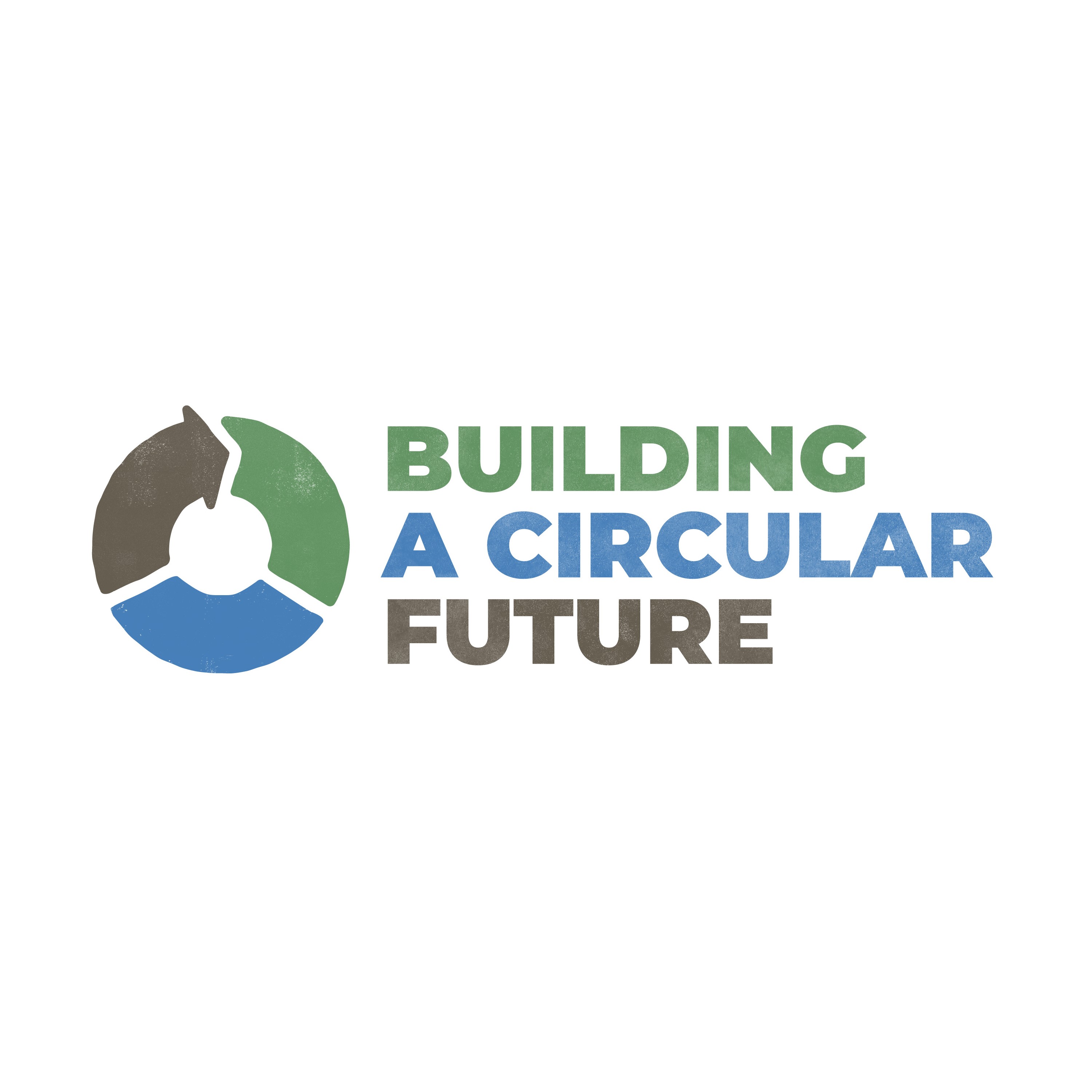4/17/2025
Exploring Dissolution Recycling with P&G Packaging Expert Gian De Belder

Recycling is key to P&G’s efforts to enable a future where more items are kept in use.
One longstanding challenge is how to efficiently recycle materials that must be of high purity for their second life — take, for example, a natural-colored packaging component like a cap.
At P&G, we are a cleaning company at our core. So, we invented a new way to clean hard-to-recycle plastics. Our patented dissolution recycling technology exemplifies our commitment to reducing plastic waste, our carbon footprint and our use of virgin petroleum-based plastic.
We spoke with Gian De Belder, Technical Director, Packaging Sustainability R&D, to explore how the process works and its impact on P&G and the industry at large.

Let’s start with what is dissolution recycling, and why is it significant for the industry?
Dissolution recycling is the process of using solvents to recycle polymers. While the method has been around for some time, our team at P&G created a proprietary process that uses a solvent to remove contaminants from polypropylene and polyethylene plastic, leaving behind near-virgin quality recycled plastics. This means our method removes all kinds of contaminants — such as coloring — present when the packaging was originally formed, or those that migrated into the plastic during its use and waste collection phase. We are basically “cleaning” the plastic polymers so they can return to a near-original state.
If you’re having issues viewing this video, watch it here.
We see this technology as complementary to other methods to help deliver high-quality recycled materials, which is critical not only for our packaging and products but also for the industry at large as we all look to reduce our use of “new”, virgin petroleum-based plastic.
What inspired P&G to create this form of dissolution recycling?
We were searching for new external sources of high-quality recycled polypropylene, a type of plastic we use often for packaging and products, like in our toothbrush handles, and our bottle caps and closures, to name a few. We didn’t find sufficient options to meet our needs, so our team took on the challenge given we have this expertise in science and cleaning. We’re proud to have developed this new technology that will continue advancing the recycling industry.
You mentioned other recycling methods. How does dissolution differ from mechanical or chemical recycling?
Plastic recycling can be divided into three main types: mechanical, dissolution and chemical recycling.
Physical recycling includes methods like mechanical recycling, where plastic is sorted, chopped and melted into new products, and dissolution, which uses solvents to clean plastic without breaking it down while removing impurities. On the other hand, chemical recycling breaks down plastic at a molecular level through chemical reactions, allowing the molecules to be re-bonded into brand-new plastic.
Next to the high purity removal of contaminants and the fact that it is truly a plastic-to-plastic recycling technology, another benefit to dissolution is that it produces significantly lower CO2 emissions compared to the production of virgin resin, incineration and chemical recycling. It’s great to see progress in both circularity and climate.
What are your hopes for dissolution recycling?
We see dissolution as a way to continue creating a closed loop future where more items can be used again and again. We’ve licensed our process to PureCycle Inc., which developed the first commercial plant to use this technology to recycle up to 49,000 tons of polypropylene a year. We also have a joint development agreement with Dow, which will focus on leveraging the technology for polyethylene.
Our hope is to scale this method with additional partners, ensuring a steady stream of materials that can be recovered. With a reliable supply of post-consumer recycled materials, more manufacturers can incorporate recycled materials into their products and packages, helping to generate more value from existing resources while reducing dependency on fossil fuels.



